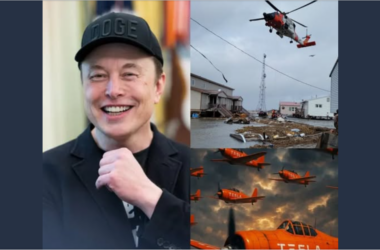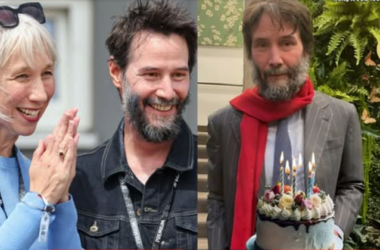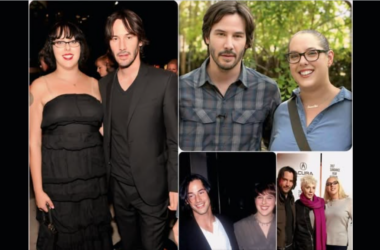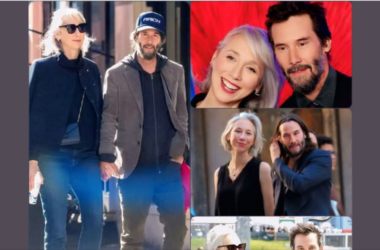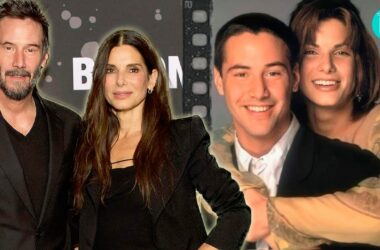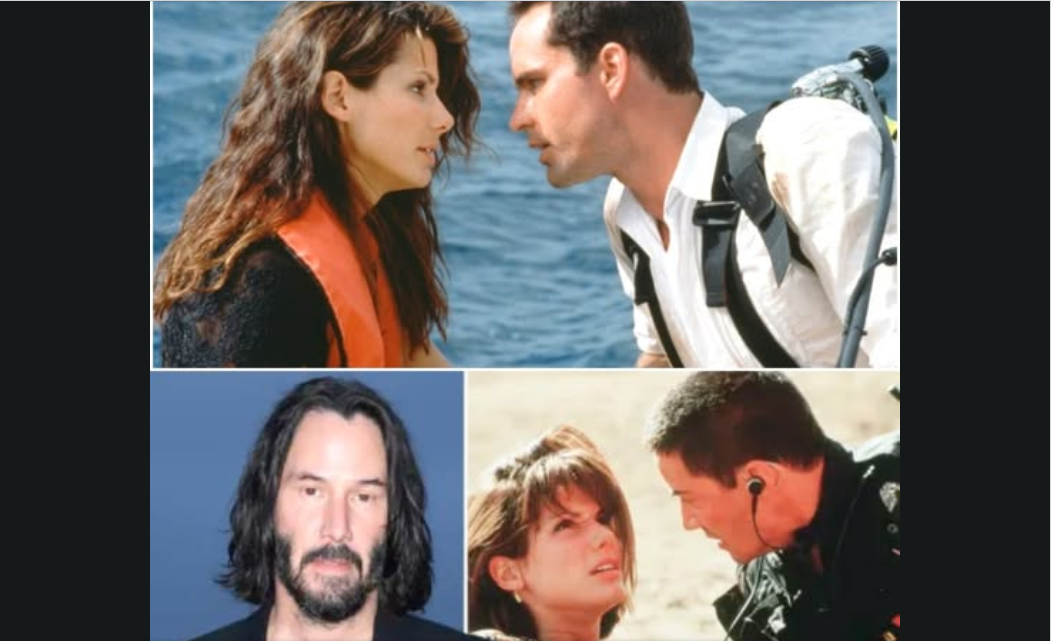
In the annals of 1990s action cinema, few films captured the zeitgeist like Speed (1994), a high-octane thriller that propelled Sandra Bullock and Keanu Reeves into Hollywood stardom. Directed by Jan de Bont, the film’s premise—a bus rigged to explode if it dropped below 50 mph—delivered relentless suspense, earning $350 million worldwide and critical acclaim. Its success naturally sparked sequel talks, culminating in Speed 2: Cruise Control (1997). Sandra Bullock, fresh off her breakout role as Annie Porter, signed on to reprise her character, but her co-star Keanu Reeves, who played the heroic Jack Traven, famously declined after reading the script. This decision, rooted in instinct and foresight, shaped the sequel’s fate and highlighted contrasting career paths for two of Hollywood’s most beloved stars. The story of Speed 2—why Bullock returned, why Reeves passed, and the sequel’s legacy—offers a fascinating glimpse into the pressures of fame, the gamble of sequels, and the enduring appeal of a cinematic classic.
The Phenomenon of Speed (1994)
Released in June 1994, Speed was a game-changer. Directed by cinematographer-turned-director Jan de Bont, the film combined a taut script by Graham Yost with pulse-pounding action and charismatic leads. Keanu Reeves, then 29, played Jack Traven, a Los Angeles SWAT officer tasked with outwitting a mad bomber (Dennis Hopper). Sandra Bullock, 30, was Annie Porter, a quick-witted passenger thrust into the driver’s seat—literally and figuratively. Their chemistry, blending tension with flirtatious banter, was a highlight, turning a high-concept thriller into a cultural touchstone.
The film grossed $350.4 million against a $30 million budget, making it one of 1994’s top earners. Critics praised its relentless pace and inventive premise, with Roger Ebert calling it “a textbook example of how to keep an audience on edge.” Bullock’s relatable charm and Reeves’ stoic heroism earned them fan adoration, cementing their status as rising stars. The film’s success—coupled with its open-ended romance between Jack and Annie—made a sequel inevitable. Studio executives at 20th Century Fox greenlit Speed 2: Cruise Control, envisioning another box office juggernaut. But the path to the sequel would prove far rockier than anyone anticipated.
Sandra Bullock’s Return as Annie Porter
Sandra Bullock’s decision to star in Speed 2 was driven by a mix of loyalty, ambition, and strategic calculation. At the time, Bullock was transitioning from supporting roles (Demolition Man, 1993) to leading lady status. Speed had been her breakout, earning her a Saturn Award nomination and widespread recognition. Returning as Annie Porter offered a chance to solidify her action-heroine credentials while capitalizing on the original’s fanbase.
However, Bullock was initially hesitant. According to Screen Rant, she had reservations about the sequel’s premise, which swapped a speeding bus for a luxury cruise ship hijacked by a vengeful computer genius, John Geiger (Willem Dafoe). The script, penned by Randall McCormick and Jeff Nathanson, lacked the original’s urgency, with a slower-moving ocean liner replacing the breakneck pace of a city bus. Despite these concerns, Bullock signed on, swayed by a lucrative deal. Reports indicate she earned $10.5 million for the role—a massive paycheck for the era—and secured funding for her passion project, Hope Floats (1998), a romantic drama she produced and starred in. “It was a business decision,” Bullock later admitted in a 2000 interview with Entertainment Weekly, acknowledging the financial incentives outweighed her doubts.
Bullock’s commitment also reflected her professionalism. She had formed a strong bond with director Jan de Bont during Speed, appreciating his bold vision. “Jan’s passion is infectious,” she told Variety in 1997. “I wanted to support his dream, even if it felt like a gamble.” Additionally, Bullock hoped her star power could elevate the material, much as she had in the original. She threw herself into the role, performing many of her own stunts, including underwater sequences, and bringing her trademark charm to Annie’s new adventure. Yet, even her charisma couldn’t salvage a fundamentally flawed project.
Keanu Reeves’ Decision to Decline
Keanu Reeves, by contrast, trusted his instincts and passed on Speed 2. Fresh off Speed’s success, Reeves was in demand, with roles in A Walk in the Clouds (1995) and Chain Reaction (1996). When offered the sequel, he read the script and immediately sensed trouble. In a 2015 appearance on Jimmy Kimmel Live!, Reeves recounted his reaction: “I got the script and I was like, ‘Ugh.’ It was about a cruise ship and I was thinking, ‘A bus, a cruise ship… Speed, bus, but then a cruise ship is even slower than a bus and I was like, ‘I love you guys, but I just can’t do it.’”
Reeves elaborated on The Graham Norton Show in 2021, emphasizing his affection for Speed, Bullock, and de Bont but reiterating that the script “just wasn’t right.” “I really wanted to work with Sandra Bullock, I loved playing Jack Traven, and I loved Speed, but an ocean liner?” he said. “I had nothing against the artists involved, but at that time I had the feeling it just wasn’t right.” The shift from a high-speed bus to a lumbering cruise ship felt incongruous, diluting the urgency that defined the original. Reeves also cited exhaustion from back-to-back action roles, having just wrapped Chain Reaction, and opted instead for The Devil’s Advocate (1997), a legal thriller with Al Pacino and Charlize Theron that became a critical and commercial success.
Reeves’ decision was not without consequences. According to a 2019 GQ interview, 20th Century Fox was so displeased that they effectively blacklisted him for a decade, not working with him again until The Day the Earth Stood Still (2008). Yet, his choice proved prescient. Speed 2’s critical and commercial failure vindicated his instincts, reinforcing his reputation for prioritizing quality over obligation.
Speed 2: Cruise Control—A Sinking Ship
Released on June 13, 1997, Speed 2: Cruise Control was a stark departure from its predecessor. The plot followed Annie Porter and her new boyfriend, Alex Shaw (Jason Patric), on a Caribbean cruise aboard the luxury liner Seabourn Legend. The ship is hijacked by John Geiger, a disgruntled programmer who rigs it to crash into an oil tanker. The premise, inspired by de Bont’s recurring nightmare of a cruise ship hitting an island, aimed for spectacle but lacked the original’s taut simplicity. The climactic crash, filmed in Saint Martin, cost $25 million—nearly a quarter of the $160 million budget—making it one of the most expensive stunts ever.
Critics panned the film. Rotten Tomatoes reports a dismal 4% approval rating, with reviewers slamming the sluggish pacing, weak script, and absence of Reeves’ dynamic presence. “The ‘speed’ aspect felt forced,” noted Collider, highlighting the lack of urgency compared to the original’s breakneck bus chase. Roger Ebert gave it one star, calling it “a pointless exercise” that squandered Bullock’s charm. The chemistry between Bullock and Patric paled in comparison to her spark with Reeves, with Jumpinrope noting, “The spark she shared with Keanu Reeves was conspicuously absent.” Even Willem Dafoe’s villain, while menacing, couldn’t match Dennis Hopper’s iconic menace from the first film.
Box office returns were equally disappointing. Speed 2 grossed $164.5 million worldwide, barely covering its budget and falling far short of the original’s $350 million haul. It earned eight Golden Raspberry nominations, including Worst Sequel, winning one for Worst Remake or Sequel. Bullock herself later expressed regret, telling The Guardian in 2002, “I’m still embarrassed today. It was a mistake, but you learn from mistakes.”
Why Bullock Stayed and Reeves Walked
The contrasting decisions of Bullock and Reeves reflect their career stages and priorities. Bullock, still building her brand, saw Speed 2 as a stepping stone. The $10.5 million paycheck and backing for Hope Floats—which grossed $81 million and became a beloved drama—made the risk worthwhile, even if the sequel flopped. “I took the deal to make something meaningful to me,” she later said, defending her choice while acknowledging the outcome.
Reeves, however, was more established, with Point Break (1991) and Bram Stoker’s Dracula (1992) already under his belt. His decision to prioritize creative fulfillment over studio pressure showcased his independence, a trait that would define his career. After declining Speed 2, he starred in The Matrix (1999), a cultural phenomenon that grossed $463 million and cemented his icon status. “Keanu’s instincts were spot-on,” said FandomWire writer Shreya Jha. “He dodged a sinking ship.”
Their choices also highlight their personal dynamics. Both stars have spoken fondly of their Speed collaboration, with Reeves admitting to a mutual crush on Bullock during a 2019 Ellen DeGeneres Show appearance. Despite their bond, Reeves’ refusal to join Speed 2 wasn’t personal. “I loved working with Sandra, of course,” he told Jimmy Kimmel in 2015. “I just couldn’t do it.” Bullock, in turn, respected his decision, later joking, “He was smarter than me on that one.”
The Legacy of Speed 2
Speed 2’s failure didn’t derail Bullock’s career. She bounced back with hits like Miss Congeniality (2000) and The Blind Side (2009), earning an Oscar for the latter. Her willingness to take risks, even flawed ones, showcased her resilience. Reeves, meanwhile, became a Hollywood legend, with The Matrix trilogy, John Wick series, and a reputation for humility that endears him to fans. His decision to skip Speed 2 is now a case study in trusting one’s gut, with outlets like NME and People citing it as a savvy career move.
The sequel’s flop also sparked industry reflection. Studios learned that sequels banking on brand recognition without strong scripts often falter. “Speed 2 showed you can’t just replicate a formula,” said film analyst Dr. Maria Kim. “The bus was the hook; a cruise ship was a miscalculation.” The film’s legacy lives on as a cautionary tale, often cited in discussions of sequel missteps alongside The Matrix Revolutions or Terminator 3.
Fans, however, remain nostalgic for Speed. On X, posts with #Speed1994 trend regularly, with users praising Bullock and Reeves’ chemistry. “Keanu and Sandra in Speed were electric,” one fan tweeted in 2025. “Speed 2 without him was like coffee without caffeine.” Recent rumors of a potential Speed 3, with both stars expressing openness to a reunion, have reignited excitement. “They like the script, and they think the fans will enjoy it,” a source told Yahoo in 2024, though no project is confirmed.
A Tale of Two Stars
The saga of Speed 2 encapsulates the high-stakes gamble of Hollywood sequels. Sandra Bullock’s decision to return was a calculated risk, driven by financial and creative incentives, but marred by a weak script and the absence of her co-star. Keanu Reeves’ refusal, rooted in his skepticism of the cruise ship premise, proved prophetic, sparing him a career misstep while reinforcing his reputation for integrity. Together, their choices reflect the delicate balance of art and commerce in filmmaking.
As Speed celebrates its 30th anniversary in 2024, its legacy endures, while Speed 2 remains a footnote—a reminder that even the brightest stars can’t always save a sinking ship. Bullock and Reeves, now Hollywood icons, continue to captivate audiences, their Speed chemistry a benchmark for action duos. Whether they reunite for a third installment or not, their story proves one thing: in the fast lane of fame, instinct and ambition drive the journey.
